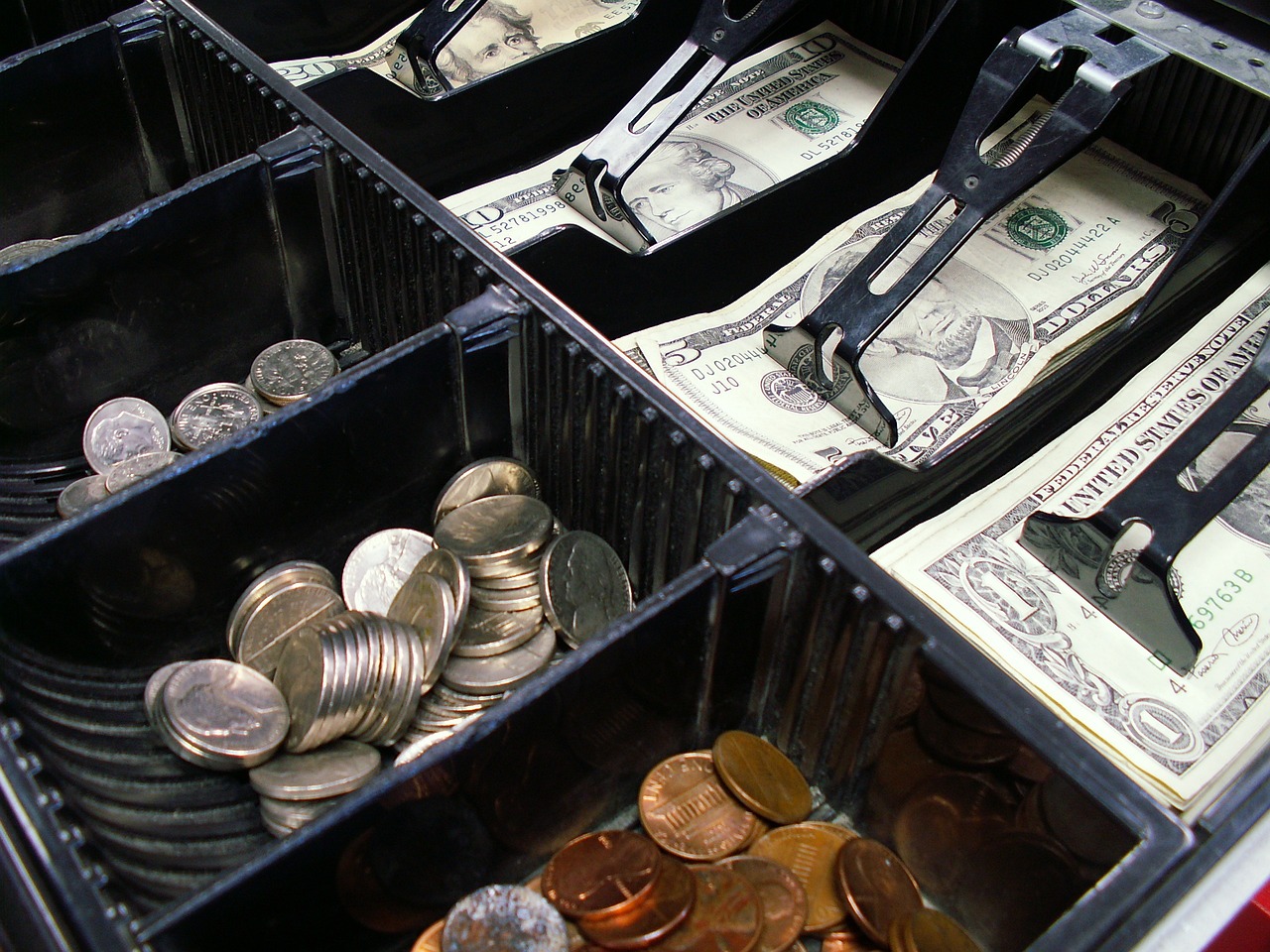Why this is Important
Almost every exchange of real estate property involves boot, which is another term for cash. Sadly, most tax professionals don’t know the definition of “cash received” or why there is boot in these exchanges. Having an understanding will help you complete a valid exchange and save taxes on it, too.
Nuts and Bolts of Cash Received
“Cash received” is a specific term in an exchange. Despite common belief, it doesn’t mean the amount of money you send to the accommodator. In our office, we define “cash received” as the total sale price minus the selling expenses minus the loan. (Some preparers may not subtract selling expenses here but use them later in the calculation of an exchange.) No matter how one defines an exchange, something will get paid to the escrow company besides selling expenses.
Let’s Understand Prorations
Prorations are the most common type of boot in an exchange; almost every rental property owner will have them. For example, if you collect rent on the 1st and the building sells on the 10th, the escrow company will take the rent after the 10th out of the escrow. This proration is because the buyer should get the rent. In another example, suppose you sold the property right before the property taxes were due. The escrow company would take the taxes you owe in that period, for however long you owned the property, from your sale proceeds.
Prorations are not selling expenses or debt on the property, so they are part of the cash received. The escrow company takes the prorations out of the cash they are going to send to the accommodator. That is why I say that the cash received for tax purposes is not the same as the amount you send to the accommodator. Most people doing an exchange will have some boot in their exchange because the money going to the accommodator is less than the cash received as defined by tax law.
Does This Matter?
Truthfully, the prorations that cause boot are often small, so your tax professional probably doesn’t realize they are boot. If your professional does realize this, they will save you some tax, which will make the boot inconsequential. In these cases, understanding “boot” and “cash received” may be less important.
However, what happens if you are selling a larger building and, on the first of the month, you collected $75,000 of rent? The property closes escrow on the tenth of the month. This will reduce the cash you have coming from the sale by $50,000. If you do nothing, you will have $50,000 of boot, and your rental income will be reduced by $50,000. Suppose you have a lot of rental income already. If you pay the rental proration out of escrow, you won’t have boot, though you will still have $50,000 less income. For some clients, this is a better option that leads to fewer taxes.
Conclusion
“Cash received” should be calculated by taking the sale price of the property and subtracting selling expenses and any principal loan amount. Things like rents, security deposits, interest paid, pre-payment penalties on loans, etc. will create boot. If this boot is accounted for correctly, it will save you taxes.
No matter what your situation is, prorations should be looked at by an experienced tax professional. If you would like a free consultation, call the referral partner listed above.














